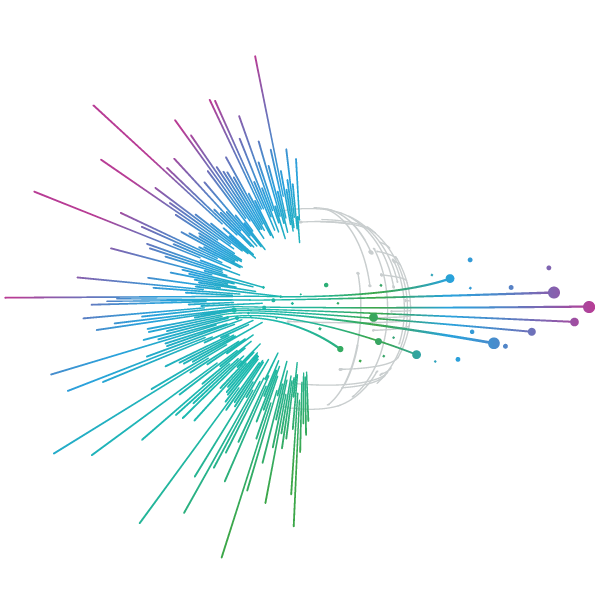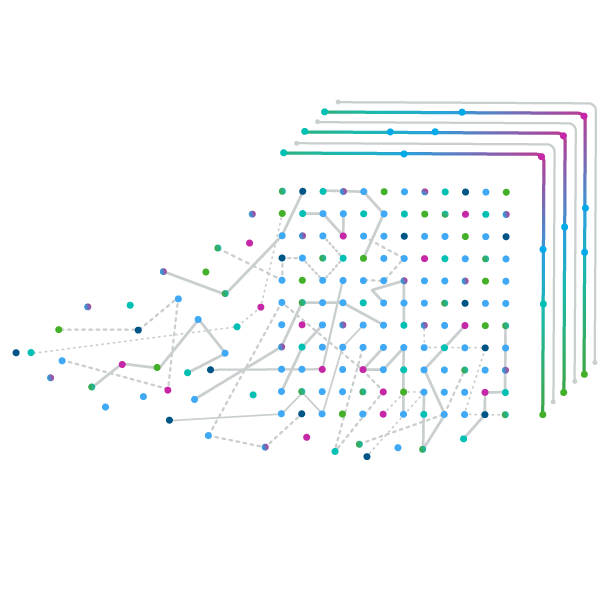Focus oncology development on the patient, manage trial complexity, and increase predictability and speed.






















- Insights
- The IQVIA Institute
- Reports and Publications
- Reports
- Hematologic Cancer Opportunities for Patient Equality (HOPE)
Report Summary
Therapeutic advancements have been taking place at a steady pace for oncology treatments. Ensuring that these advancements reach the right patients in a timely and equitable manner across countries is critical for the management of these health conditions. The availability and use of these therapies vary across different countries, however, which can lead to inequities in patient outcomes. While oncology as a whole receives attention in discussions on patient access, trends in hematological malignancy access remain less understood.
This report aims to quantify the trends regarding the availability of therapies for hematological malignancies across selected countries with reported oncology therapy access challenges and disparities. Trends in overall regulatory approvals, health technology assessments, reimbursement, and final therapy usage have been analyzed for drugs indicated in hematological malignancies.
Key findings:
- The global cancer burden is projected to reach 35 million cases by 2050, marking a 77% increase from 2022 driven by key risk factors such as tobacco use, obesity, and an increased ageing population. Hematological cancer incidence is also projected to increase by 55% in the same time period, from 1.3 million to 2.0 million.
- To assess the availability and utilization of hematology oncology drugs, oncology specific novel active substances (NASs) that were globally launched and approved in countries in scope between 2014-2022 with reimbursement data available through December 2023 were analyzed. The first indication of these NASs were studied.
- There is a wide variation in the rate of availability of hematology oncology drugs approved between 2014 and 2022 (with reimbursement assessed up to 2023) across countries, ranging from ~20% in Brazil (public) to 80% in Italy and Greece. Full availability, defined as availability through a national reimbursement or hospital system for the label population, varies widely across Europe and around the world, with higher levels of full availability in Italy (72%), Greece (50%) and France (50%) with lower levels in Lithuania and Bulgaria.
- For the reimbursed drugs, the median time to therapy availability also varies substantially. Out of the European countries in scope, Italy, Greece, France, and Spain are below the EU median for the median time to availability (603 days) while the median time to availability is over 900 days in Romania, Lithuania, and Poland. Steps are being taken over the past 2-3 years in some countries, like Poland, to reduce this time to availability. In Australia and Canada, it takes hematology cancer drugs a median of 540 and 1043 days respectively to become available.
- Overall, the data analyzed showcases variability and inequities in availability of hematology cancer treatments for patients across countries. These variabilities are driven by a variety of factors, such as HTA processes, prioritization of endpoints, maturity of clinical data, or manufacturer strategy.
- Policy stakeholders across countries need to come together to discuss the current trends in availability and how countries can move toward a more equitable system of patient availability.
Other findings:

- There is a wide variation in the availability of approved hematology oncology drugs across countries in scope, ranging from ~20% in Brazil (public) to 80% in Italy and Greece. These variations highlight the inequities in achieving access for these drugs and can have impact on patient outcomes.
- Across Europe, Italy (75%), Greece (50%), and France (50%) have a higher level of full availability compared to Lithuania and Poland which have less than 20% full availability.
- Poland, however, has a substantial level of limited availability for hematology oncology drugs resulting from restrictions on reimbursement beyond the regulatory label.

- Even for the hematology oncology drugs that achieve reimbursement, the time taken from approval to reimbursement can vary substantially across geographies. For these drugs, the median time to therapy availability ranges from 358 days (Italy) to 1,106 days (Poland). Although, Poland has been making efforts to reduce this time, resulting in three hematology oncology products that were approved between 2020 and 2022. Prior to this period, there were no hematology oncology products where the time to availability was under 2 years.
- In Australia and Canada, it takes hematology cancer drugs a median of 540 and 1043 days respectively to become available.

- When looking at the rate of availability, Bulgaria, Spain, Lithuania, and Brazil (public) have a higher rate of availability (combined full and limited availability) for drugs that treat solid tumors compared to hematological malignancies.
- Conversely, in Canada and Poland, hematological therapies have up to 25% higher rate of availability (combined full and limited availability) compared to solid tumors. All other countries in scope show comparable rates of availability for both tumor types.
- The median time to availability for solid and hematological cancer drugs differs among geographies with 5 out of 9 EU countries in scope having longer time to availability (on average 37 more days for the 9 EU countries in scope and 47 days across all EU countries) for therapies treating hematological cancers compared to solid tumors. Canada and Australia also have a higher median time to availability for hematology cancer therapies with the difference being 251 and 86 days respectively.
You may also be interested in
Hematologic Cancer Opportunities for Patient Equality (HOPE)
Achieving Equitable and Timely Access to Hematological Cancer Therapies
Finding the Key: Innovative Funding Models for High-Cost Non-Communicable Diseases
In a global landscape study, 106 innovative funding solutions were identified with collaboration and knowledge sharing noted as the key success factors.
Related solutions
Unravel the complexities of cancer treatment with patient-level data-driven solutions.
Access a dedicated network of European cancer hospitals to capture real world data that reflects the latest clinical practice and perform oncology studies faster.
Oncology Expertise that Fuels Your Development Success





